Hunting knife
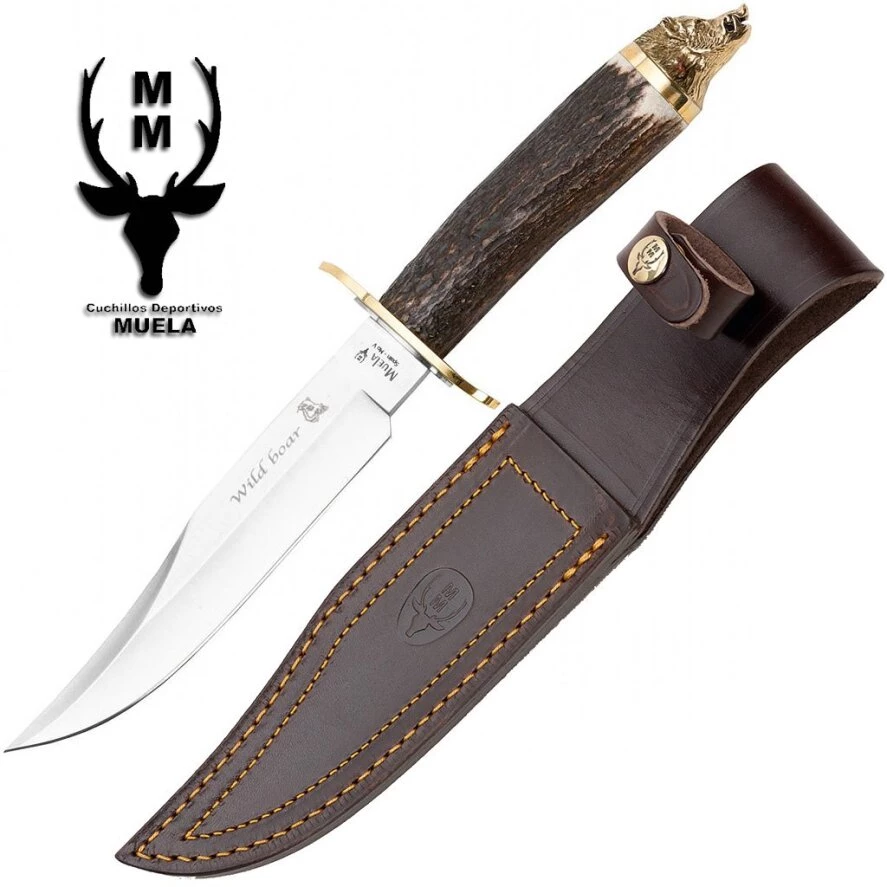
Contents
Hunting knife types guide
Basically we distinguish two categories – folding knives and fixed blade knives. Folding knife surely offers more safety and compactness, while carrying the latter requires a sheath. On the other hand, sturdy fixed blade allows handling with much more pressure which can be highly appreciated feature. The right decision which type to get depends on main purpose you intend to use it for.
For longer stays in the wilds outside the reach of modern civilization’s luxury it is often vitally important to carry quality survivor knife. Various kinds of traditional hunting or survival knives are employed every day by people living in more severe areas of our planet. Well known example is Finnish puukko, his bigger Sami brother leuku or the Yakutian knife. The USA is a cradle of Sharpfingers or Bowie knives, both recognizable by their characteristic blade’s shape.
The knife’s construction reflects its main function. Those ones designed for skinning have rounded points in order to avoid shredding the skin. Some blades can be featured with guthooks making easier to remove intestines from dead animal’s body. Remember that most of the Finnish knives are missing their finger guards since they are made for cutting and not stabbing. If you are looking for a knife which is stiff but lightened as well, choose some featured with a fuller. The multi-purpose knives very often utilize both sides of their blades, e.g. one as a cutting edge and the opposite one as a saw. This idea has been taken further almost up to its limits by famous Swiss army folding knives.
Material
The knife’s attributes are also determined by material chosen for the blade. Stainless steel blade is cheaper and, to be exact, eliminates the risk of corrosion to almost zero. Even stainless steel blade may sometimes rust when confronted with too much humidity (especially repeatedly) which is possible since hunting knives are designed to be used mainly outdoors. The blade is protected well enough, but the owner should still give a good care to the knife. More expensive alternative is carbon steel which requires adequate attention and proper maintenance because it could be damaged by rust easily. Unquestionable advantage of carbon steel is excellent sharpness of the cutting edge.
Quality hunting knife should also have convenient handle. It should fit well in both hands and should be firm enough to withstand high strain.
Maintenance
As mentioned above, a regular maintenance is needed in order to keep up the useful properties of your hunting knife for long time. Whether you hunt a game, stay in the nature, go fishing or camping, you always appreciate when your steel companion is in top condition and ready for the tough work.
The knife should be kept clean so it is recommended to wash it after every trip. You can use common soap (or baking soda in case of carbon steel blade) but never apply any aggressive cleaning agents. Strong stains can be removed with vinegar and then rinsed. After you get rid of all dirt, dry it properly (especially the carbon steel ones) with a smooth and soft cloth which will not scratch the blade and then store it at suitable place.
Of course, the knife needs to be sharpened regularly. Do not wait till it gets blunt. Remember that working with sharp knife is actually safer. Sharp both sides equally on sharpening stone and you can test your knife on sheet of paper. Properly sharp knife will smoothly cut the paper in pieces without crushing it.
Time after time it is good to lubricate the blade and the handle with oil. Do not use too much of it and wipe off the redundant. Linseed oil is best for wooden handles, mink oil for leather ones. Plastic or rubber handles will last the same without oiling.

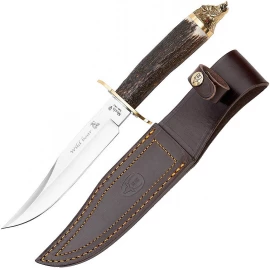
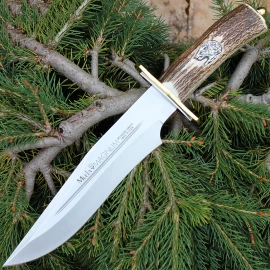
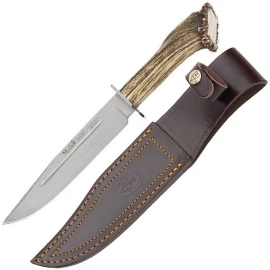
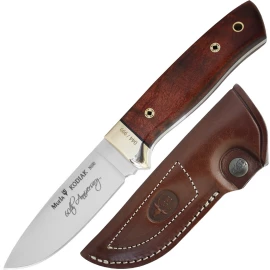
Comments